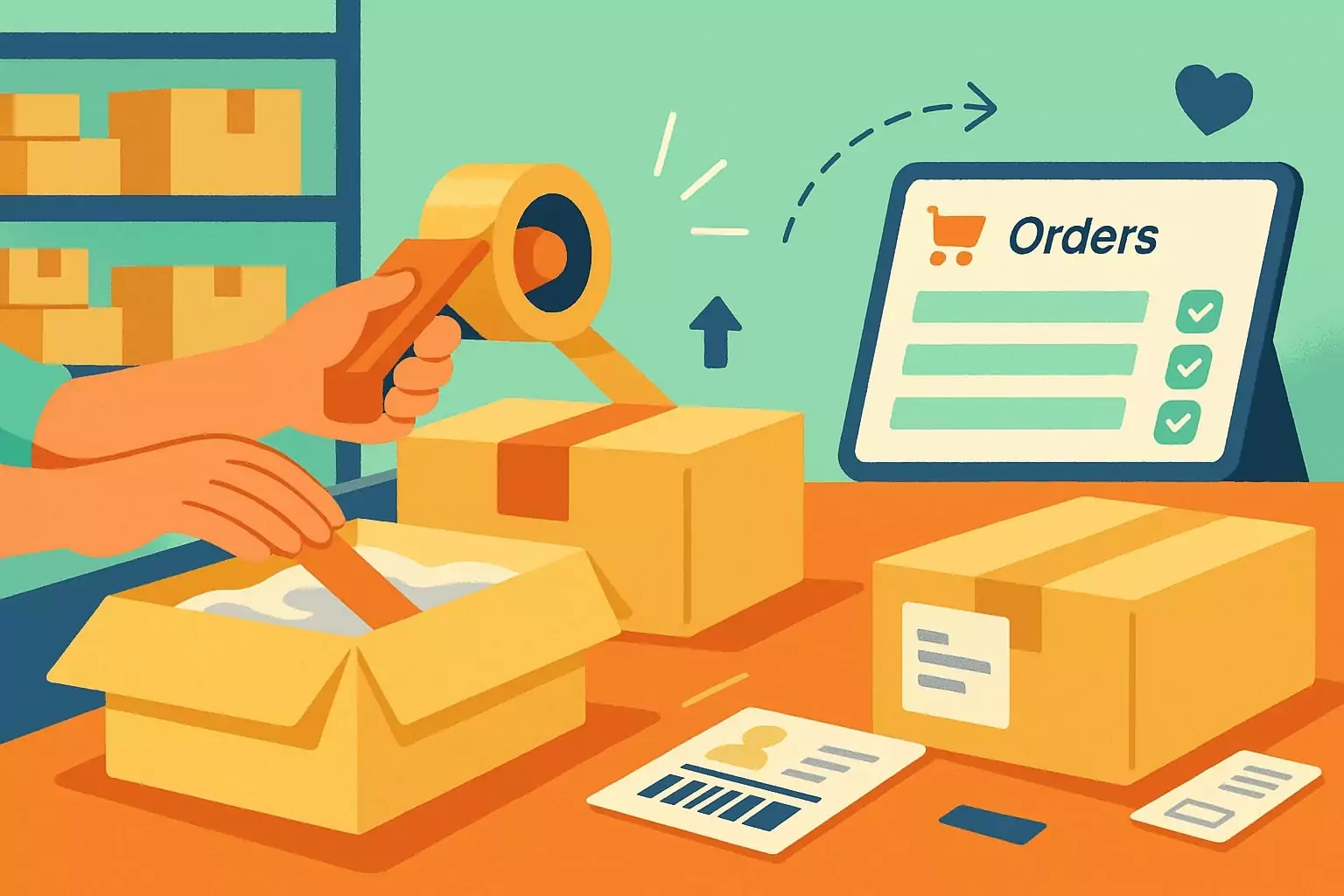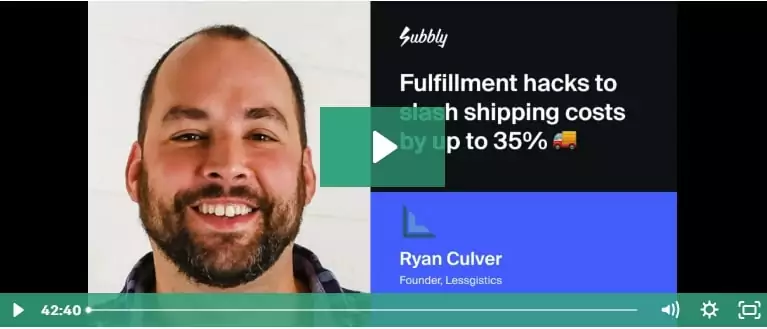What is Direct-to-Consumer Fulfillment?
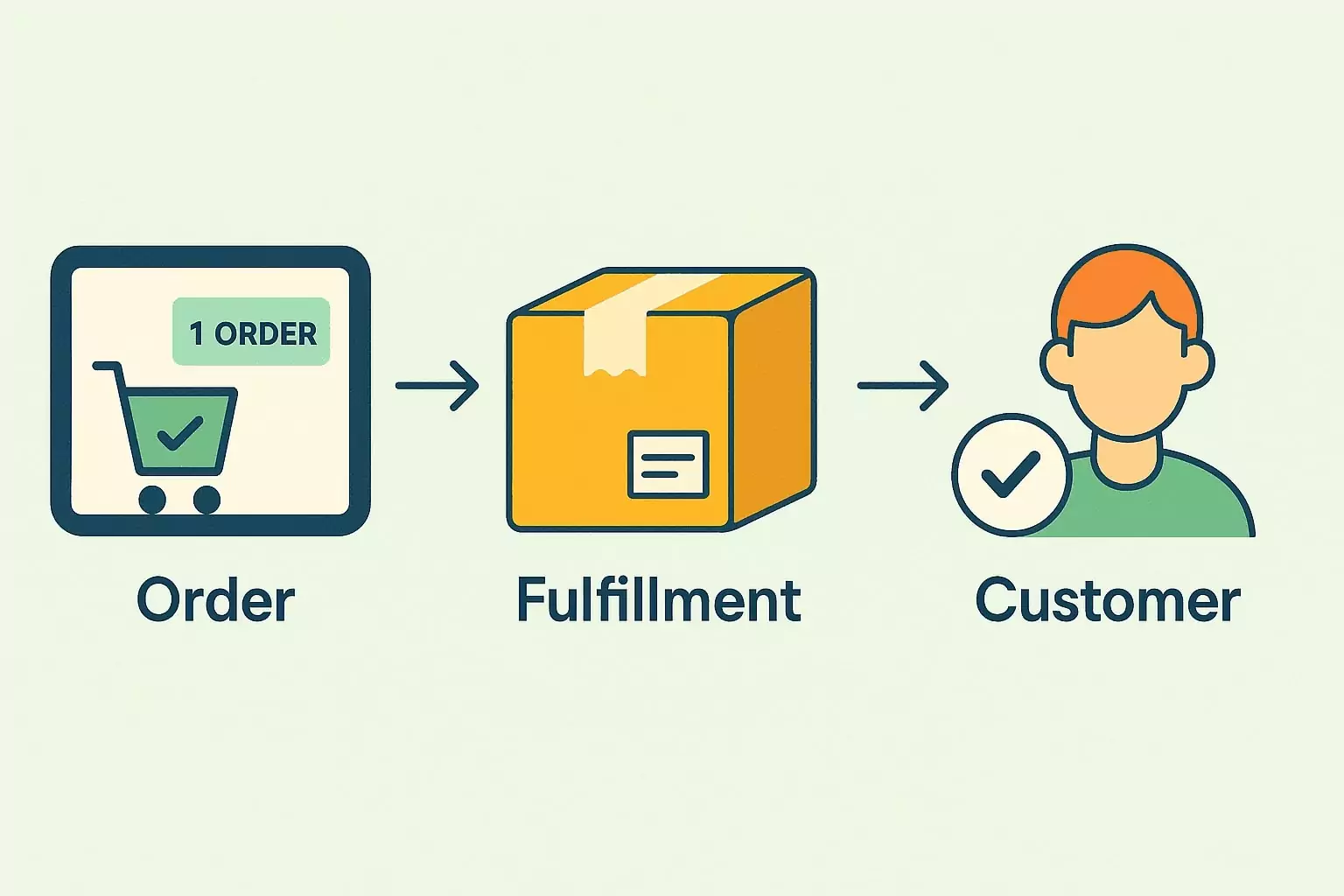
The direct-to-consumer business model involves bypassing traditional retail channels and selling directly to customers through either your own physical store or a website.
Fulfillment is the stage that spans from the moment you receive the customer’s order to the point where they receive it.
Direct-to-consumer fulfillment is when your business takes ultimate responsibility for this process.
What is the direct-to-consumer fulfillment process?
D2C businesses have varying levels of involvement in the order fulfillment process. However, it often involves:
- Inventory management: This involves ensuring that there is enough stock to fulfill customer orders and that stock levels are correctly reflected on the website. Not enough inventory risks disappointing customers and missing out on revenue, while buying too much could also cost you money. This is an especially difficult stage if you deal with perishable goods like food.
- Warehousing: This is the process of receiving new stock from your supply chain and storing it correctly, ensuring it remains safe and is easily accessible when needed.
- Order processing: This is the process of validating the customer’s payment and then sending orders received on your website to your fulfillment center.
- Packaging and labeling: The order then needs to be picked, placed in appropriate packaging, and correctly labeled.
- Shipping and delivery/outbound logistics: The delivery leaves the warehouse and is sent to the customer.
Returns: This is another tricky stage. You need clear policies and a straightforward system for collecting returns. This might involve issuing customers with postage-paid labels for your delivery carrier and having someone available to ensure the product is resellable.
3 D2C Fulfillment Levels
There are three main ways to handle D2C fulfillment, each with different levels of complexity and risk.
They are:
- Dropshipping: You sell products, but the manufacturer or wholesaler deals with fulfillment.
- Doing it yourself: You are responsible for all aspects of fulfillment.
- Using a third-party logistics (3PL) provider: You outsource fulfillment to a specialist.
If you’re just starting up your own business, we recommend starting with dropshipping and then moving to handling your own small-scale fulfillment as you scale. You can then switch to using a 3PL provider once you have too many orders to handle.
Let’s look at this process in greater detail.
1.Dropshipping
In this model, the D2C business doesn’t keep any inventory of the products it sells.
Instead, when a customer places an order, the business forwards the order and shipment details directly to a third-party supplier, often a manufacturer or wholesaler. The supplier then ships the product directly to the customer under the D2C brand’s name.
The main thing you need at this stage is a website with robust ecommerce capabilities.
For example, if you wanted to start your own coffee subscription business, you might start off dropshipping.
You’d choose the coffee from a third-party wholesale roaster and sell it on your website under your own brand. It would then be delivered to customers in your packaging. However, you wouldn’t handle the coffee yourself.
Dropshipping offers significant advantages for startups and businesses with limited capital or storage space:
- It eliminates the need for warehousing, inventory management, and the associated risks of unsold stock. This can drastically reduce overhead costs and simplify operations.
- It allows D2C businesses to offer a wider variety of products without having to hold that inventory themselves.
However, dropshipping also comes with many challenges. D2C businesses have less direct control over product quality, shipping times, and the overall customer experience, as suppliers typically manage these aspects. Profit margins may also be lower since the D2C business is acting as a reseller, rather than a manufacturer.
2. Handle direct-to-consumer fulfillment yourself
If you have been dropshipping for a while and have built up a loyal customer base, then consider transitioning to handle fulfillment yourself.
In our coffee example, you might start ordering stock of your more popular roasts, while continuing to dropship others.
Alternatively, you might start your own coffee roasting business and make the coffee yourself.
Either way, you’ll need some significant infrastructure if you plan to do DTC fulfillment completely on your own. These include:
A more advanced ecommerce platform: A basic website will no longer cut it. You’ll need a complete ecommerce platform like Subbly that includes payments, checkout, inventory tracking, order management tools, carrier integrations, order history, and a returns portal.
A warehouse (or storage facility): You’ll need a place to store your products. If you’re just starting out, try using the space you have at home, like your garage. However, if you have a larger operation, then you’ll need a warehouse. You can hire warehouses from companies like Warespace. They offer facilities ranging from 200 to 2,000 square feet, starting at around $700 per month.
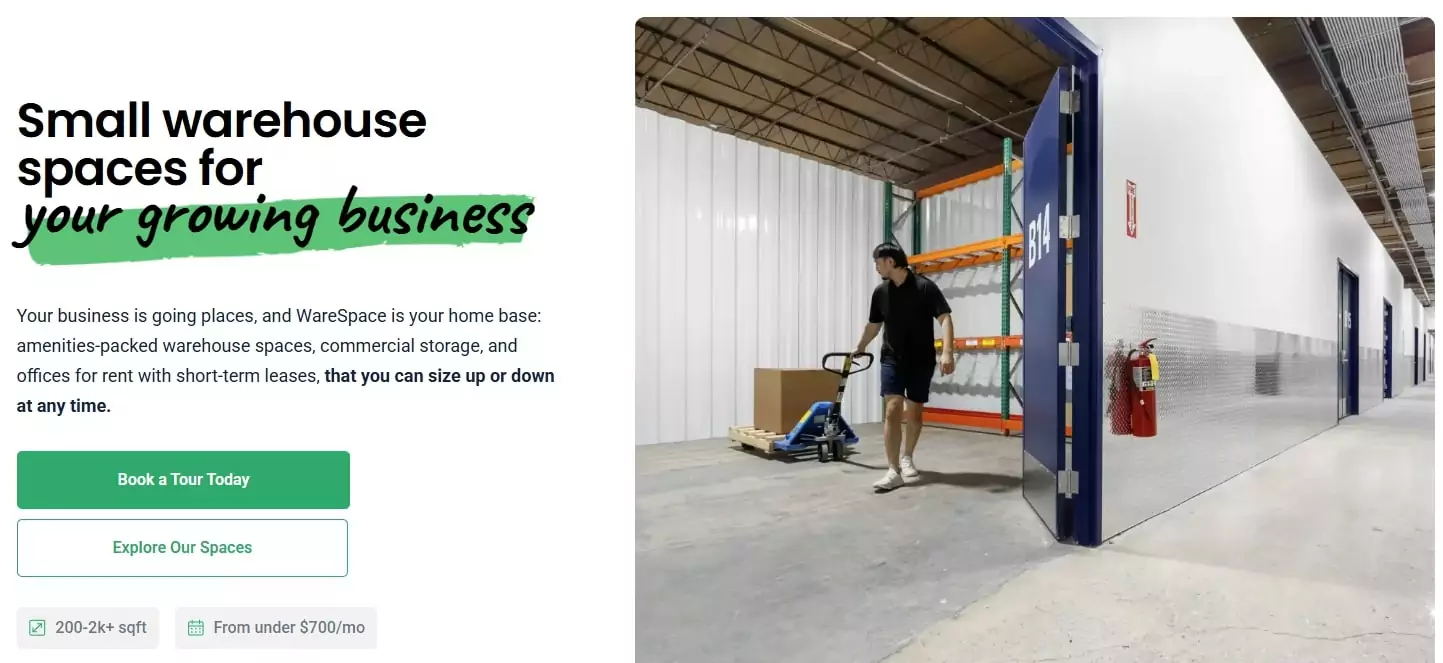
Staff: Sooner or later, you’re going to need staff, especially if you run a warehouse operation. Therefore, you need to consider the costs, admin, and legal requirements involved in hiring people. It’s likely you’ll need a range of professions including managers, pickers and packers, inventory controllers and shipping clerks.
A delivery carrier: Unless you’re delivering to a super-localized area, then it’s likely you’ll be using a carrier to handle deliveries. Carriers like DHL have a good reputation for delivering on time and offer special services for ecommerce businesses.
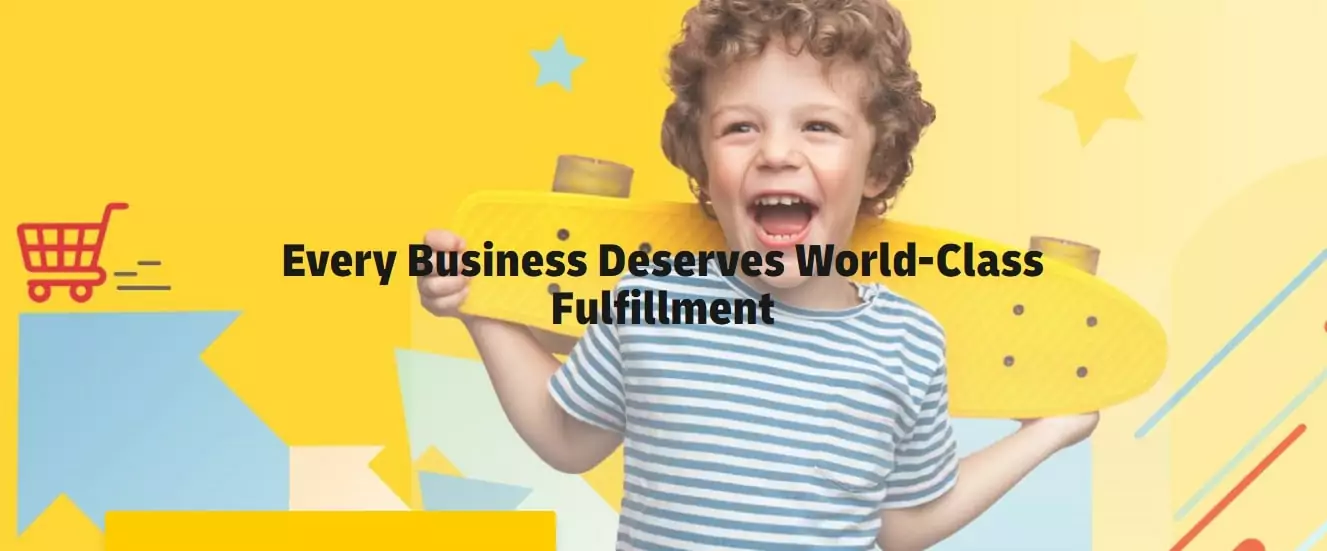
3. Using a 3PL provider
Eventually, you may reach a stage where handling your own fulfillment begins to limit your scalability. At this point, you may wish to outsource fulfillment to a 3PL provider.
3PLs handle warehousing, inventory management, packaging and shipping on your behalf.
You’ll be giving up some of the benefits that you get from handling your own order fulfillment. But you’ll also avoid some of the pitfalls, as these providers possess the infrastructure, technology, and expertise to manage the logistical intricacies of getting products to your customers.
Going back to our coffee business example, you might reach a stage where you want to completely focus on creating your own bespoke roasts. Your 3PL would collect freshly roasted and packaged coffee from you on a regular basis. Any orders would go directly to them via your website and the 3PL would manage the rest of the process.
Using a 3PL offers several advantages:
- It eliminates the need for significant upfront investments in warehouse space and staffing, allowing you to focus on core business activities, such as product development and marketing.
- 3PLs often have established relationships with shipping carriers, which can lead to discounted rates and faster delivery times.
- Their scalability allows your fulfillment operations to adapt to fluctuations in demand without major overhauls.
Poor communication and a lack of integration are common challenges for companies that use 3PL providers. It’s therefore essential to assess 3PL partners in the same way we described for shipping companies earlier in this guide.
8 Tips for Successful D2C Fulfillment
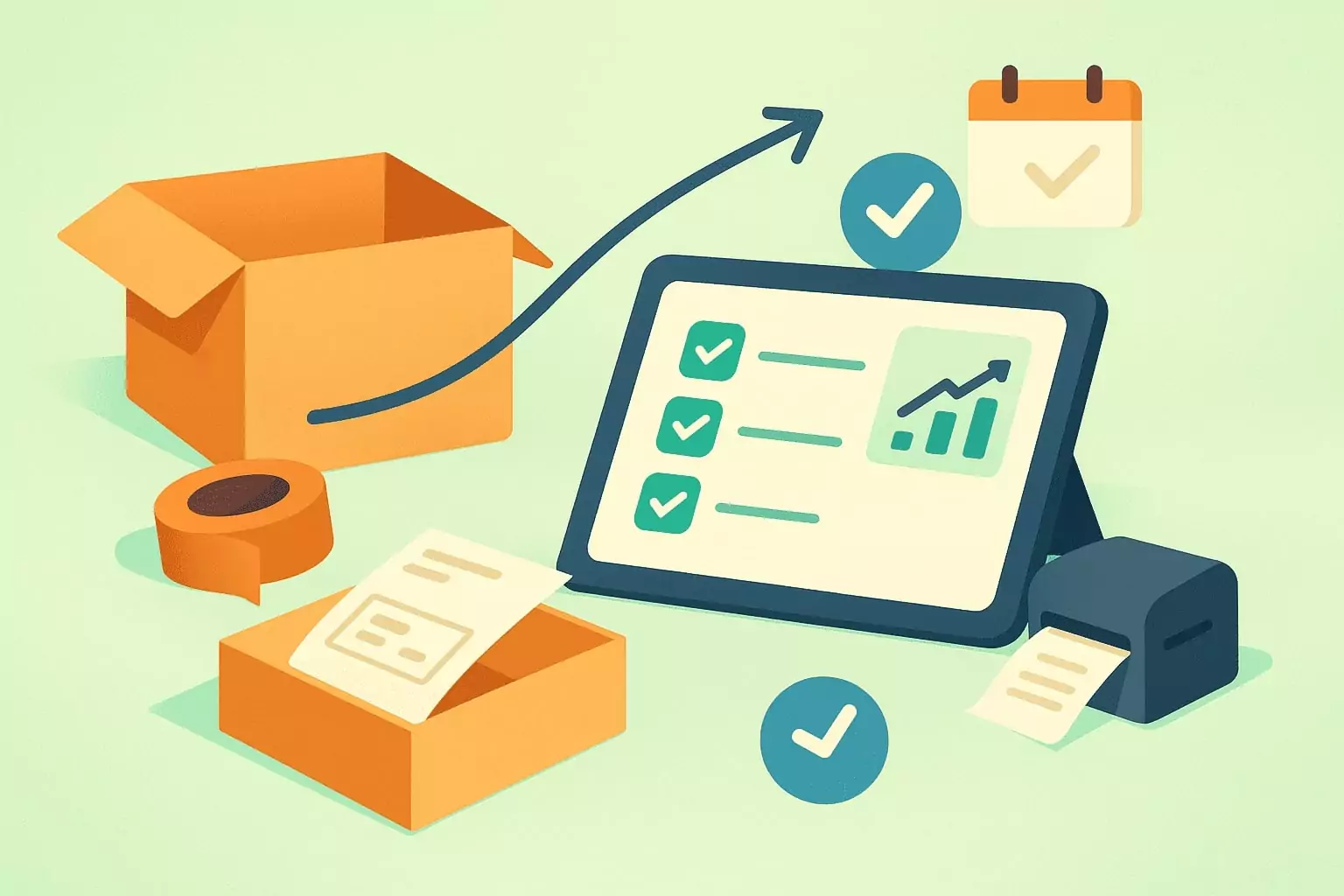
Here are some ways to ensure you get the best out of your D2C fulfillment operation.
1. Be as reliable and efficient as possible
Fulfillment is critical to customer satisfaction, so do everything in your power to ensure customers get their products quickly and in good condition. If something goes wrong, then own up as soon as possible, apologise, and offer compensation.
2. Use custom packaging
One of the best things about D2C fulfillment is that you no longer need to send your products out in stuffy retailer packaging, so use this as a chance to boost your brand.
For example, florist Freddie’s Flowers uses its packaging as an opportunity to showcase its conversational tone and attention to detail, while also highlighting one of its promotions.
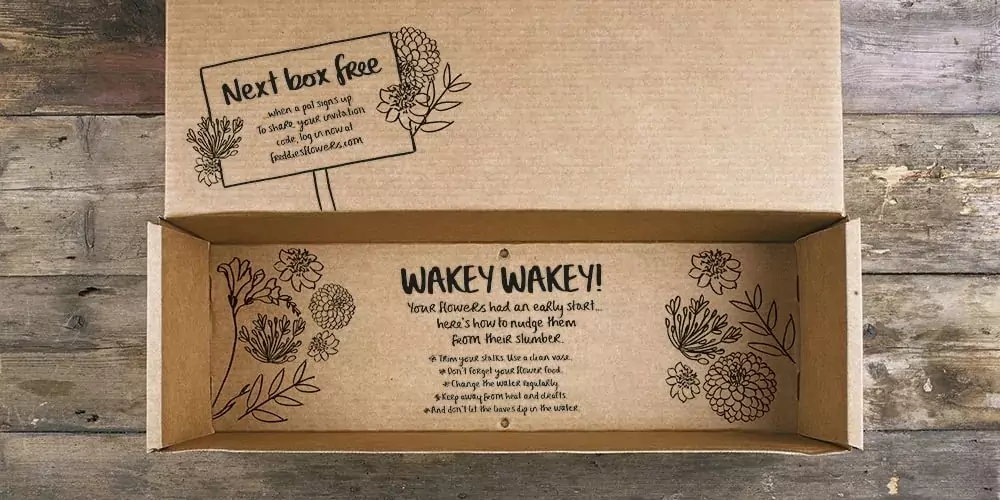
3. Find the right carrier
Compare each carrier’s delivery speeds, track record, and customer reviews. Also consider the range of different delivery options available: think next-day, standard, and economy delivery.
Ensure they serve all your target regions and offer international delivery if applicable. Check the price, but also ensure that you get what you pay for. For example, do they have local pickup points, and can they enable tracking and rescheduling?
4. Transparent pricing
Be as clear as possible about your delivery costs. Tell customers how much the delivery will be as soon as possible, and let them know if there are any costs associated with returns etc.
For example, Subbly sites can automatically calculate shipping costs based on the customer’s location before they enter their payment details.
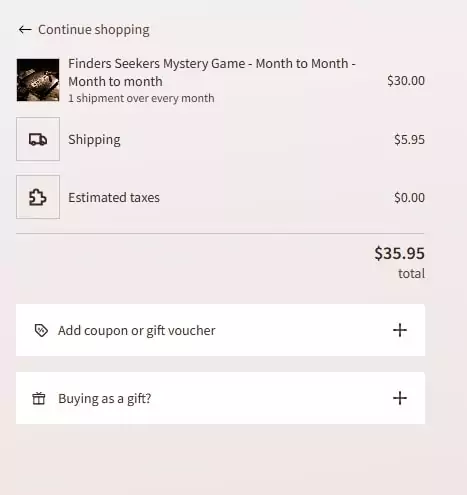
5. Use tech to support you
Using automated tools to manage your order fulfillment operations and integrating them with your existing tech stack. For example, inventory management systems help you manage stock levels by sending notifications if you have low stock levels, and some integrate with your website so customers can’t buy things if they are out of stock.
6. Offer different delivery options
Offering different delivery options makes customers more likely to make a purchase. For example, if a customer is cost-conscious, a free delivery option that takes a bit longer to arrive might persuade them to make a purchase. Alternatively, if someone needs something fast, then they might choose a premium next-day delivery service.
7. Allow customers to track their order
Enabling customers to track their orders reduces customer enquiries and shows transparency. They should be able to track every stage of the process, from picking and packing through to shipping and last-mile delivery.
8. Get feedback on fulfillment
Don’t just ask customers if they were happy with your product; also check if they were pleased with the order fulfillment process. This will give you vital insights into what you’re doing well and what needs improvement.
D2C Fulfillment Pros and Cons
Much of the risk of running your own D2C business is concentrated in the fulfillment phase.
Therefore, there are more challenges than upsides. But getting it right is definitely worth your while.
✔️ Pros
More control
With D2C fulfillment, you have more choice over how your products are processed and delivered. For example, if you sell through an intermediary and their delivery partner keeps losing your packages, then there isn’t much you can do except complain.
Better customer experience
D2C fulfillment enables you to add personalized touches, like a handwritten thank you, which further adds to the experience. You can also ensure that delivery is fast and stress-free for customers.
More brand visibility
D2C fulfillment ensures your product arrives in your own beautiful, branded packaging. This increases brand recognition amongst customers.
Better customer loyalty
When you give a delivery date to a customer, you’re making a promise to them. Keep that promise and you’ll improve trust and loyalty with them, encouraging them to become repeat buyers and brand advocates.
More insights
When you’re in charge of fulfillment, you can access richer stats on things like the number of late deliveries, customer satisfaction, returns, etc. This gives you a clearer picture of what needs to improve and how.
⚠️ Cons
Added complexity
As you may already realise, running your own D2C fulfillment operation adds significant complexity to your business. You’ll need to manage facilities, people and logistics.
Potential higher costs
Dealing with all these issues means your costs are likely to increase. You need to be sure that the additional costs incurred by going D2C don’t outstrip the increased revenues you earn.
Storage costs
Storage is expensive. Make sure the facility you hire isn’t any bigger than you need it to be and has the right setup. For example, is it easily accessible for delivery trucks. You might also need to invest in things like forklift trucks and pallet trucks.
Shipping challenges
Shipping involves a lot of research and knowledge. You need to consider things like timings, packaging requirements, size and weight restrictions, international shipping rates and more. Shipping also tends to be slower for smaller businesses with limited shipping infrastructure. This can impact your customer experience.
Difficulty scaling
You’re businesses growth maybe limited once your warehouse or fulfillment team reaches its capacity. This means that you might have to hire more people or move to a larger warehouse. However, you might not see any returns from this investments for months or even years afterwards.
Negative brand perception
If things go well, then customers will view your brand more favorably. But this works both ways, and if things go wrong across your fulfillment operation, then it can harm your brand.
Use Subbly to Streamline Your D2C Fulfillment
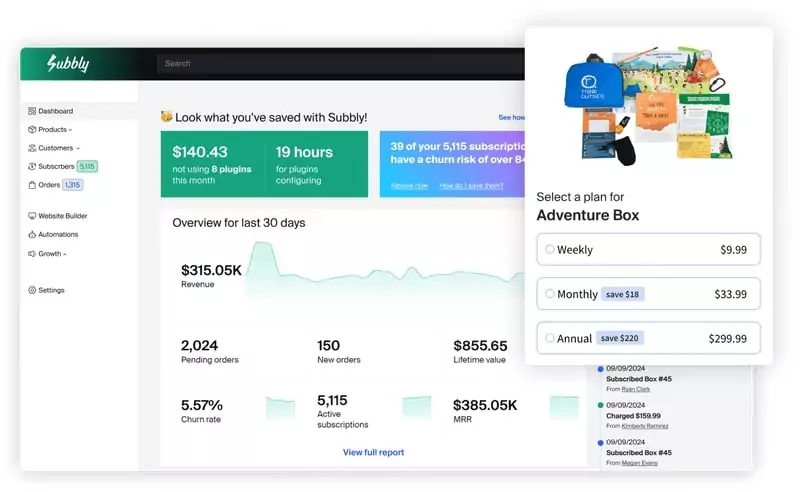
Subbly is an ecommerce platform built specifically for subscription businesses. Whether you’re selling subscription boxes, replenishment products, or curated kits, Subbly provides all the tools you need to build, manage, and grow your D2C brand.
While Subbly doesn’t handle physical fulfillment itself, it offers features that make your fulfillment process more efficient and easier to manage, especially when you’re working with a third-party logistics (3PL) provider or shipping from your own space.
Here’s how Subbly supports your ecommerce fulfillment workflow:
✅ Inventory and order management: Track product variants, manage inventory counts, and generate order lists so you always know what to pack and ship.
✅ Cut-off dates and batching: Group orders into regular shipping cycles with clear cut-off dates, so you can plan fulfillment runs and reduce errors.
✅ Custom workflows: Set up logic-based automation rules to control when and how orders are processed, such as pausing shipments for failed payments.
✅ Shipping integrations: Subbly integrates with tools like ShipStation and EasyPost, allowing you to print labels, sync tracking numbers, and manage carriers from one dashboard.
✅ Branded communication: Automatically send order confirmation and shipping emails with your own branding, keeping customers informed every step of the way.
These tools help reduce manual work, improve accuracy, and give you more control over the post-purchase experience, even if fulfillment is handled by someone else.
Subbly helps D2C founders sell subscriptions and scale with confidence, without getting bogged down in the backend.
Take control of your fulfillment workflow
Direct-to-consumer fulfillment can be complex. But the right tools and partners make all the difference. Whether you’re handling it yourself or working with a 3PL, it’s essential to stay in control of your inventory, customer experience, and delivery flow.
Subbly gives you that control. With built-in tools for managing orders, batching shipments, and automating key parts of the fulfillment process, it’s the ideal platform for D2C brands selling subscriptions.
Sign up for a free trial and find out how Subbly can help your business.

